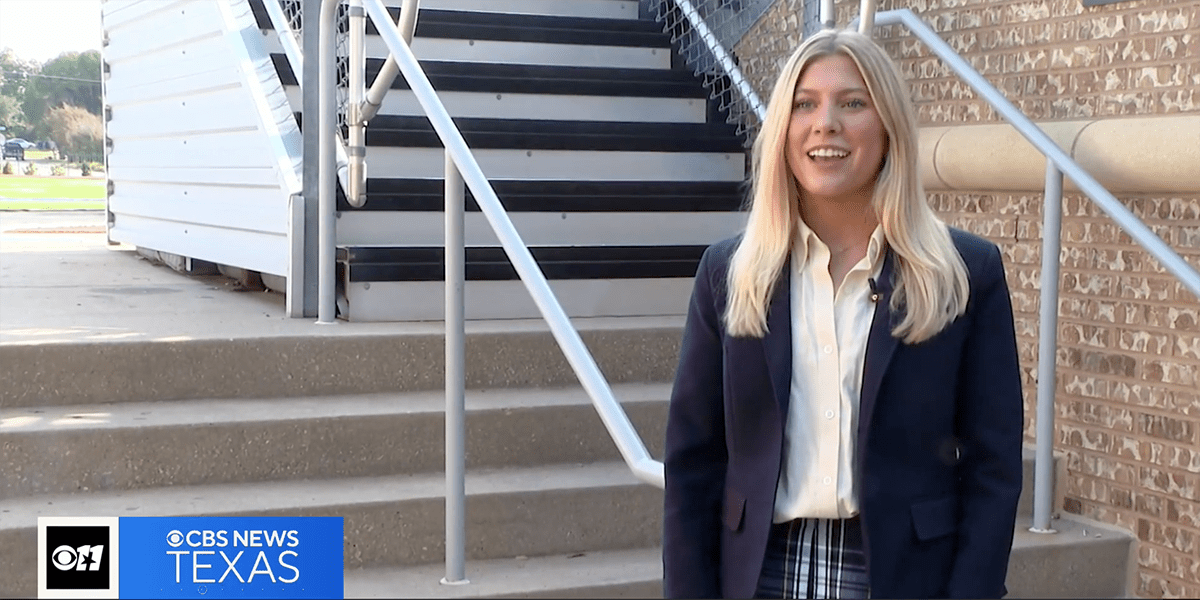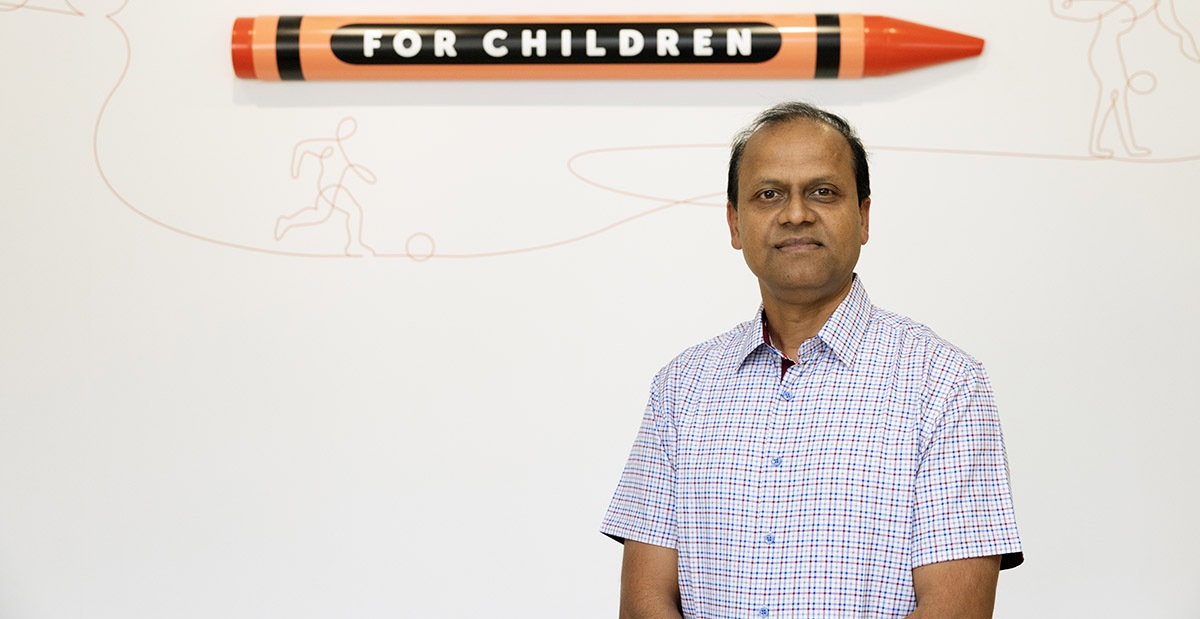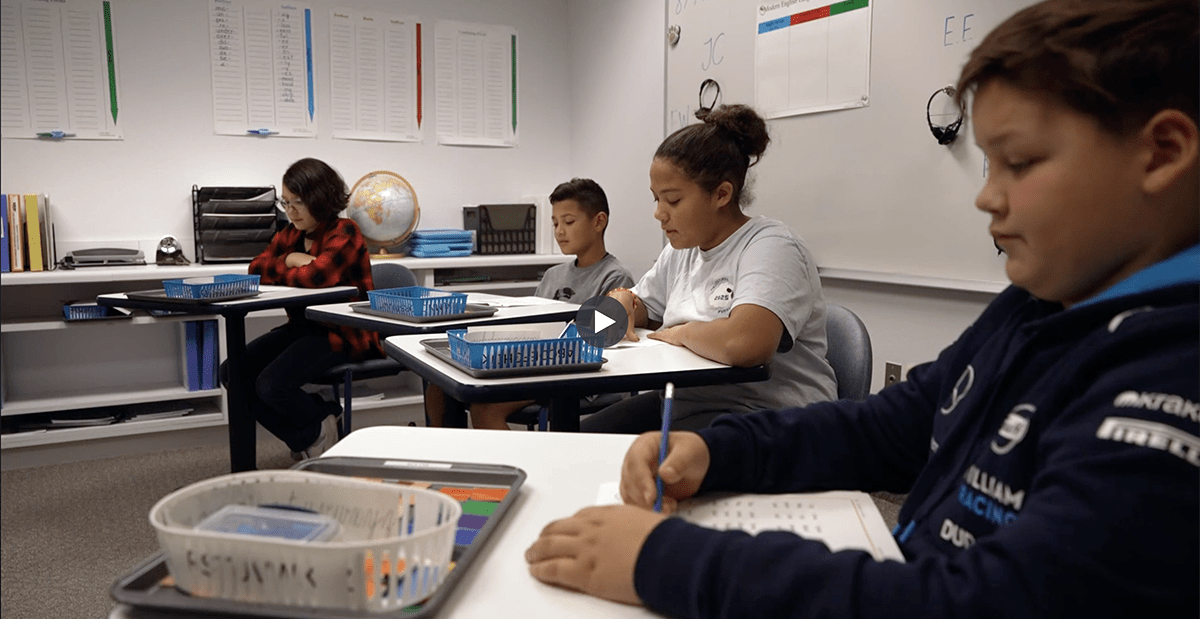Summer is the perfect time for outdoor activities and sports. Whether your child is passionate about baseball, football, soccer or track and field, being proactive about preventing heat-related illness can help him or her focus on athletics. Here are six ways to help prevent or respond to heat illnesses.
1. Know Your Child’s Risk Factors for Heat Illness
All children and teens can develop a heat-related illness. Yet still, some have a higher risk. Young children are not able to regulate their body temperature as well as older children and teens, which makes them more vulnerable to heat. Other risk factors for heat injury include:
- Being overweight
- Having certain chronic medical conditions, including diabetes and heart conditions related to sickle cell traits
- Not getting enough rest between games or practices
- Overexertion during games or training
- Recently having diarrhea, fever or vomiting, which can contribute to dehydration
- Taking certain medications
Children and teens have the highest risk of developing heat illness at the beginning of the summer. Acclimating to exercising in hot weather can take several weeks for a young athlete. A step your child can take during the first five days of summer training is to not practice for more than three hours. Discover more heat acclimation tips for your young athlete by Korey Stringer Institute.
2. Encourage Hydration
Hydration is another key component of preventing heat-related illnesses. The amount of water your child needs depends on his or her activity level, age and body size. The outside temperature and humidity also affect hydration needs. Young athletes typically need more water than less active peers.
Encourage your child or teen to drink water before, during and after practices or competitions. The best drink choice is typically water, but sports drinks with a proper balance of electrolytes and carbohydrates for energy may help children involved in vigorous activities lasting more than an hour.
3. Be WBGT Aware
Being mindful of the temperature outside is one way to help protect your child or teen from heat injury or illness. However, monitoring the temperature is only one factor in preventing heat illnesses. Cloud cover, humidity, the angle of the sun and wind speed can also affect how heat affects the body. The wet bulb globe temperature (WBGT) takes all these factors into account to determine whether it is safe for children to participate in outdoor activities like soccer games.
The University Interscholastic League has enhanced guidelines for outside activity by adding the use of WBGT before and during activities in the sun. You can use the WBGT activity guidelines for your region to make decisions, such as how much protective gear an athlete can safely wear during practice, the length of training sessions and the number of rest breaks needed per hour. It also defines rapid cooling zones and supplies to have available when the WBGT readings are above a certain level. A school’s emergency action plan (EAP) includes these and other guidelines for preparation and preventing heat-related emergencies.
4. Keep Kids and Teens Cool During Competition and Training
In addition to staying hydrated and watching the weather, you can do several things to help kids lower their risk of heat injury and illness:
- Apply broad-spectrum sunscreen.
- Ensure your child has access to a shaded area available for rest.
- Keep cool towels, fans and misters on the sidelines.
- Provide plenty of healthy snacks and water to help young athletes refuel.
- Request or modify start times for competitions and practices early in the morning or later in the evening to avoid peak sun exposure.
- Start slowly and gradually build intensity during practices.
- Wear light-colored, loose-fitting clothing.
5. Recognize Signs and Symptoms of Heat Illness and Injury
There are several types of exertional heat-related illnesses and injuries. Some cause mild symptoms, while others are medical emergencies. Knowing what to watch out for can help keep your child or teen safe during summer sports.
After puberty, teens may experience excessive sweating which can lead to heat rash, a type of skin irritation. Heat rash causes clusters of small, red blisters or pimples. Typically, the rash appears in the elbow creases, groin area, neck, upper chest or under the breasts.
When the body loses electrolytes and water faster than it replenishes them, heat-related muscle cramps may occur. In addition to cramping, symptoms include pain or spasms in the abdominal, arm or leg muscles. Heat cramps can be a sign of heat exhaustion.
Heat exhaustion is the most common symptom due to heat-related illness and happens when the body loses a significant amount of electrolytes and water through sweat. While mental functioning remains intact, it is important to recognize and respond quickly to symptoms or signs of heat illness which may include:
- Clammy, cold or pale skin
- Dizziness or light-headedness
- Elevated body temperature
- Headache
- Heat cramps
- Nausea or vomiting
- Tiredness or weakness
Heat exhaustion may lead to heat stroke if not treated. Heat stroke happens when the body temperature rises too high and the body cannot cool itself down. This type of heat illness is a medical emergency. Without immediate cooling and other treatment, heat stroke is life-threatening. Signs and symptoms of heat stroke include:
- Confusion
- Extremely high core body temperature
- Fast, strong pulse
- Loss of consciousness
- Seizures
- Skin that feels excessively sweaty or hot and dry
- Slurred speech
6. Know How to Respond Early to Heat Illness
Even minor symptoms of a heat injury or illness need your attention. However, the appropriate response depends on the type of heat illness or injury. When a child or teen has signs of any heat-related illness, he or she needs to cool off. Have your child move to a cool place, loosen any tight clothing, wipe down with cool towels and sip water. If symptoms continue or worsen, seek medical attention. If the condition progresses to heat stroke, dial 911 and look for ways to safely, but rapidly, cool the athlete with total body cooling.
To learn more ways to keep young athletes safe, sign up for our sports medicine newsletter to learn the latest news from our experts.














